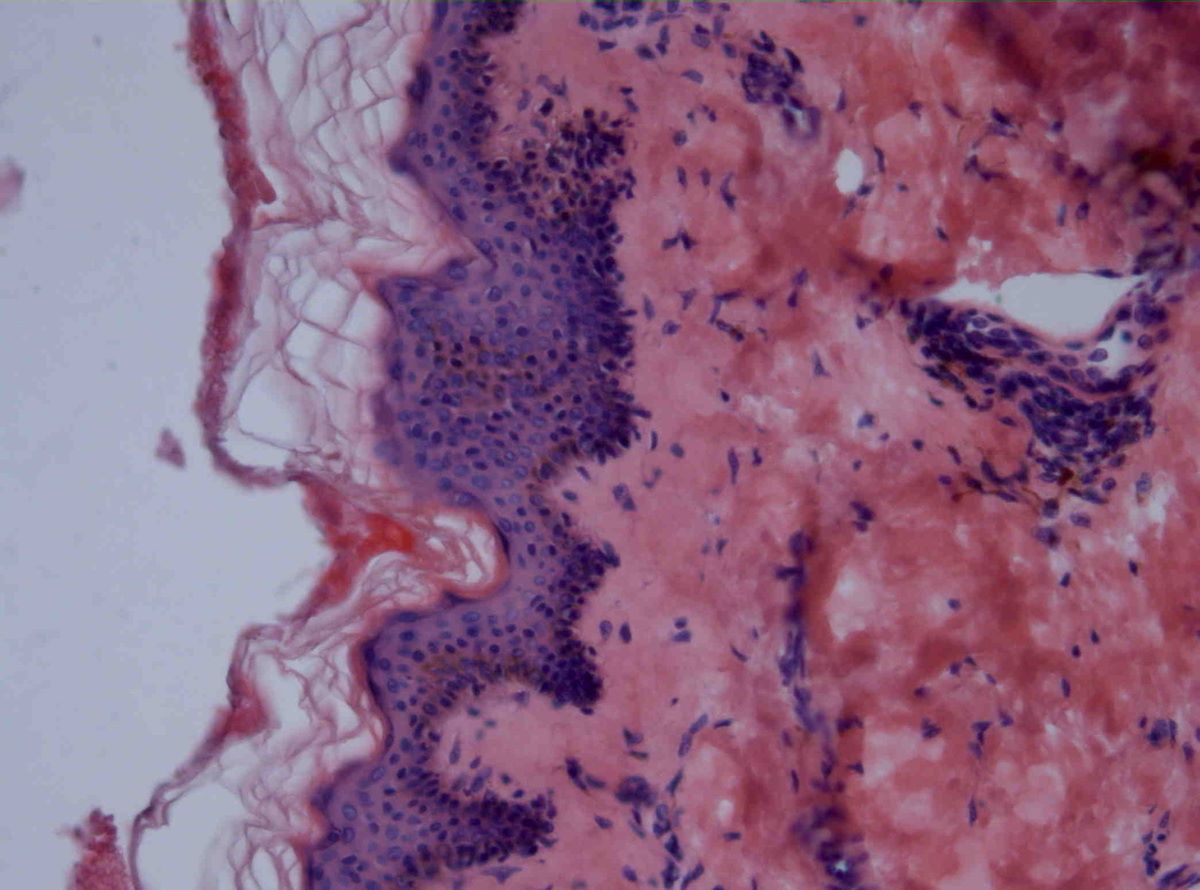
Phacomatosis is a rare genetic disorder that affects the skin, eyes, and nervous system. This condition, also known as a neurocutaneous syndrome, can lead to a variety of symptoms and complications. Phacomatosis Fourth is one of the many types within this group, characterized by specific skin abnormalities and neurological issues. Understanding this condition can be challenging, but knowing some key facts can help. In this post, we will explore 25 essential facts about Phacomatosis Fourth. From its causes and symptoms to treatment options and prognosis, these facts will provide a comprehensive overview of this complex disorder. Let's dive in and learn more about Phacomatosis Fourth.
Key Takeaways:
- Phacomatosis is a group of genetic disorders causing skin, eye, and nervous system lesions. It includes conditions like Neurofibromatosis and Sturge-Weber Syndrome, often leading to benign tumors in the body.
- Early diagnosis and intervention are crucial for managing Phacomatosis. Genetic testing, MRI/CT scans, and specialized treatments can improve the quality of life for individuals with these conditions.
What is Phacomatosis?
Phacomatosis is a group of genetic disorders characterized by the development of lesions on the skin, eyes, and nervous system. These conditions often manifest at birth or early childhood. Here are some intriguing facts about Phacomatosis.
-
Phacomatosis is derived from the Greek word "phakos," meaning "spot" or "lens," and "osis," meaning "condition."
-
This term encompasses several disorders, including Neurofibromatosis, Tuberous Sclerosis, and Sturge-Weber Syndrome.
-
These conditions are often associated with the development of benign tumors in various parts of the body.
-
Phacomatosis can affect multiple systems, including the skin, eyes, and central nervous system.
Types of Phacomatosis
There are several types of Phacomatosis, each with unique characteristics and symptoms. Understanding these types can help in early diagnosis and management.
-
Neurofibromatosis Type 1 (NF1) is the most common type, affecting 1 in 3,000 people worldwide.
-
Neurofibromatosis Type 2 (NF2) is rarer, affecting 1 in 25,000 people, and is characterized by tumors on the auditory nerves.
-
Tuberous Sclerosis Complex (TSC) affects 1 in 6,000 people and can cause benign tumors in the brain, heart, kidneys, and skin.
-
Sturge-Weber Syndrome (SWS) is a rare condition that affects the skin, brain, and eyes, often causing seizures and developmental delays.
Genetic Basis of Phacomatosis
Phacomatosis is primarily caused by genetic mutations. These mutations can be inherited or occur spontaneously.
-
NF1 is caused by mutations in the NF1 gene, which provides instructions for making a protein called neurofibromin.
-
NF2 is caused by mutations in the NF2 gene, which encodes a protein called merlin or schwannomin.
-
TSC is caused by mutations in either the TSC1 or TSC2 genes, which help regulate cell growth and division.
-
SWS is not typically inherited but is caused by a somatic mutation in the GNAQ gene.
Symptoms of Phacomatosis
Symptoms can vary widely depending on the type and severity of the condition. Here are some common symptoms associated with different types of Phacomatosis.
-
NF1 often presents with café-au-lait spots, neurofibromas, and Lisch nodules in the eyes.
-
NF2 symptoms include hearing loss, balance problems, and cataracts.
-
TSC can cause seizures, developmental delays, and skin abnormalities such as facial angiofibromas.
-
SWS symptoms include port-wine stains on the face, glaucoma, and seizures.
Diagnosis and Treatment
Early diagnosis and intervention can significantly improve the quality of life for individuals with Phacomatosis. Here are some key points about diagnosis and treatment.
-
Genetic testing can confirm the diagnosis of NF1, NF2, and TSC.
-
MRI and CT scans are often used to detect tumors and other abnormalities in the brain and other organs.
-
Treatment for NF1 may include surgery to remove tumors, medications to manage symptoms, and regular monitoring.
-
NF2 treatment often involves surgery to remove tumors, hearing aids, and physical therapy.
-
TSC treatment includes medications to control seizures, surgery to remove tumors, and therapies to support development.
-
SWS treatment focuses on managing symptoms, such as anticonvulsant medications for seizures and laser therapy for port-wine stains.
Living with Phacomatosis
Living with Phacomatosis can be challenging, but with proper care and support, individuals can lead fulfilling lives. Here are some important considerations.
-
Regular follow-up with a multidisciplinary team of specialists is crucial for managing the condition.
-
Support groups and counseling can provide emotional support and resources for individuals and families.
-
Advances in research and treatment are continually improving the outlook for individuals with Phacomatosis.
Final Thoughts on Phacomatosis Fourth
Phacomatosis Fourth, a rare genetic disorder, presents unique challenges. Understanding its symptoms, causes, and treatment options can make a big difference for those affected. Early diagnosis and intervention are crucial for managing the condition effectively. Genetic counseling can provide valuable insights for families, helping them navigate the complexities of this disorder.
Support networks and resources are essential for patients and their families. Connecting with others who share similar experiences can offer emotional support and practical advice. Staying informed about the latest research and advancements in treatment can also be empowering.
Though Phacomatosis Fourth is rare, awareness and education can lead to better outcomes. By spreading knowledge and fostering a supportive community, we can make a positive impact on the lives of those affected by this condition. Let's continue to learn, support, and advocate for those living with Phacomatosis Fourth.
Frequently Asked Questions
Was this page helpful?
Our commitment to delivering trustworthy and engaging content is at the heart of what we do. Each fact on our site is contributed by real users like you, bringing a wealth of diverse insights and information. To ensure the highest standards of accuracy and reliability, our dedicated editors meticulously review each submission. This process guarantees that the facts we share are not only fascinating but also credible. Trust in our commitment to quality and authenticity as you explore and learn with us.
